The curvature of a hockey stick blade has long been a subject of fascination and debate among players, coaches, and equipment manufacturers. Unlike many other sports where equipment standards remain rigid, hockey has embraced the creative potential of stick curvature, allowing for a wide range of personal preferences that can dramatically influence gameplay. From the subtle curves of defensive players to the aggressive hooks of snipers, the bend of a blade is as unique as a player’s fingerprint—and just as telling about their style on the ice.
Historically, the NHL had strict regulations on stick curvature, famously enforced after the era of players like Bobby Hull and Stan Mikita, who exploited extreme curves to unleash devastating shots. The league eventually imposed limits, but even within these boundaries, the variations in blade design have continued to evolve. Modern sticks are engineered with precision, balancing flex, lie, and curve to suit different positions and playing techniques. A deeper curve allows for better puck control and elevated shots, while a flatter blade offers stability for passing and defensive play.
The science behind stick curvature is more nuanced than it might seem. A pronounced curve creates a larger surface area for the puck to interact with during a shot, effectively acting like a ramp that generates lift. This is why players with a significant blade curve often have more powerful wrist shots and quicker releases. However, there’s a trade-off: too much curve can make stickhandling unpredictable, especially when receiving passes or battling along the boards. Goaltenders, in particular, have learned to read the curve of an opponent’s stick as a clue for anticipating shot direction.
Manufacturers now offer an array of curve patterns, each designated with codes like "P92" or "W03," representing specific combinations of curve depth, toe shape, and face angle. These designations have become part of hockey’s lexicon, with players often loyal to their preferred pattern. Some professionals even request custom curves, tweaking the blade’s geometry to match their exact needs. The process of selecting a curve is almost ritualistic for many players, involving hours of testing and adjustment.
Youth hockey presents an interesting dilemma when it comes to stick curvature. Young players are often drawn to extreme curves, mimicking their favorite NHL stars, but coaches frequently discourage this, emphasizing the importance of developing fundamentals with a moderate or even flat blade. The reasoning is sound: over-reliance on a deep curve can hinder a player’s ability to learn proper shooting mechanics. Yet, as players advance, experimenting with different curves becomes part of refining their individual style.
The relationship between curve and performance isn’t just about shooting. Face-off specialists, for example, may use a straighter blade for better control when digging for pucks, while playmakers might prefer a slight mid-curve to cradle passes smoothly. Defensemen, tasked with clearing the puck under pressure, often opt for less curve to keep shots low and accurate. These subtle distinctions highlight how stick curvature is less about right or wrong and more about fit and function.
As composite sticks have replaced traditional wood, the possibilities for blade design have expanded even further. Materials like carbon fiber allow for precise reinforcement in key areas, enabling curves that maintain their shape despite repeated impacts. Some manufacturers have even experimented with asymmetrical curves or textured blade faces to enhance puck grip. The innovation shows no signs of slowing down, with each season bringing new advancements aimed at giving players an edge.
Ultimately, the bend of a hockey stick is a deeply personal choice, shaped by experience, position, and even superstition. Walk into any locker room, and you’ll hear debates about heel curves versus toe curves, open faces versus closed ones. It’s a reminder that hockey, for all its speed and physicality, is also a game of fine details—where a quarter-inch difference in blade curvature can separate a routine save from a highlight-reel goal.
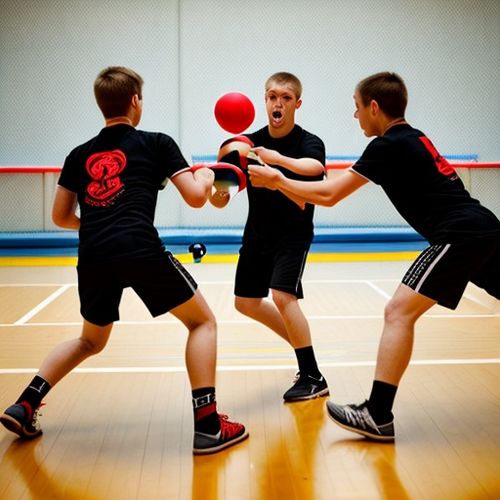
By Christopher Harris/May 8, 2025
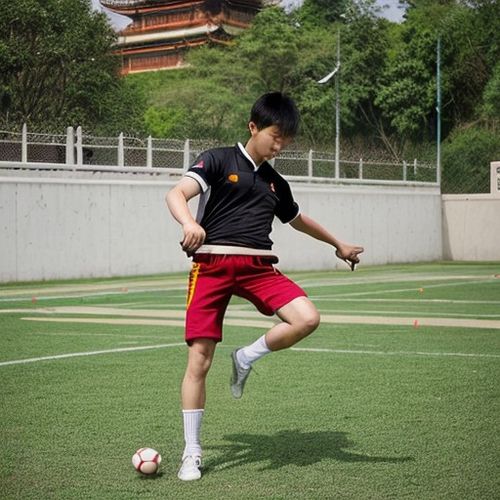
By Laura Wilson/May 8, 2025
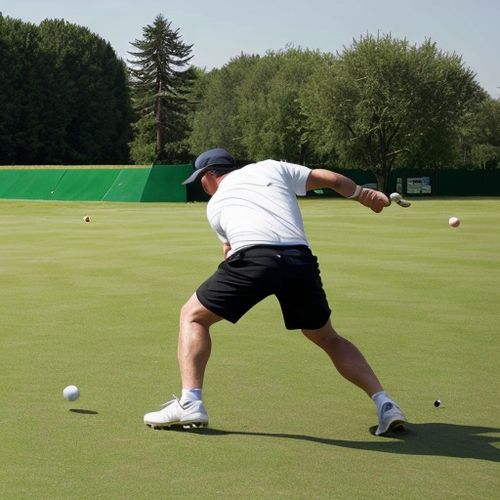
By Amanda Phillips/May 8, 2025
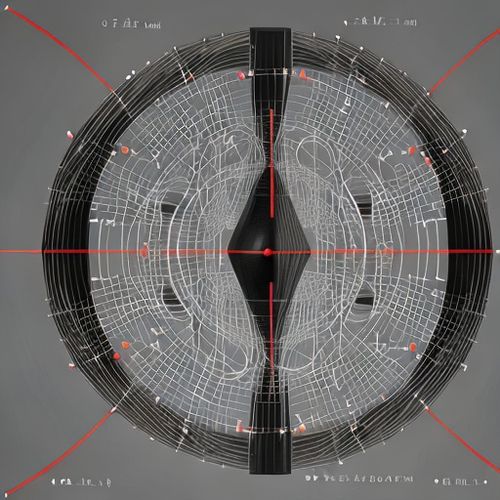
By William Miller/May 8, 2025
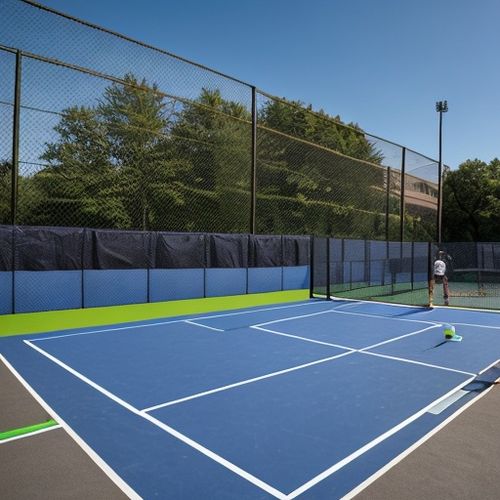
By Noah Bell/May 8, 2025
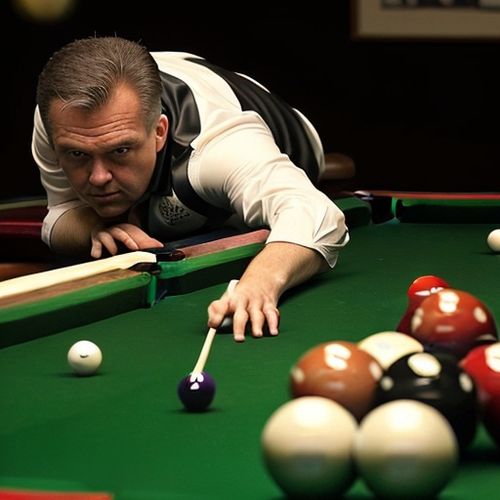
By Elizabeth Taylor/May 8, 2025

By Joshua Howard/May 8, 2025
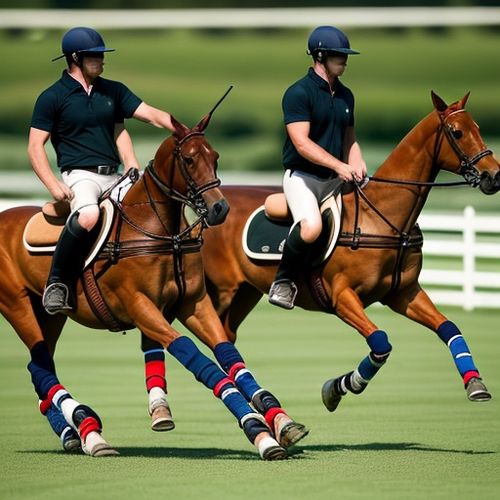
By Ryan Martin/May 8, 2025
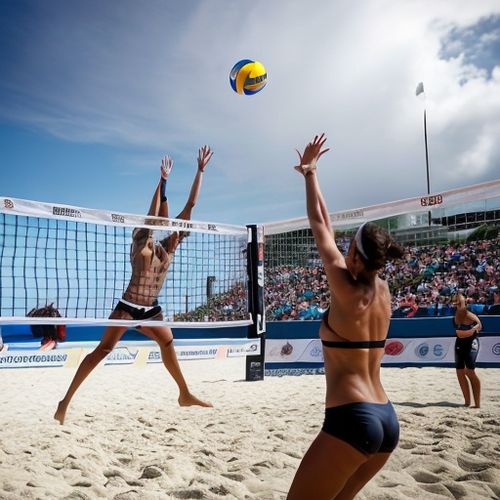
By George Bailey/May 8, 2025

By Natalie Campbell/May 8, 2025
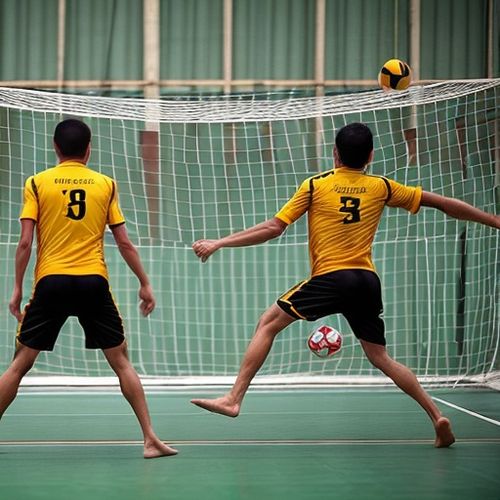
By Joshua Howard/May 8, 2025
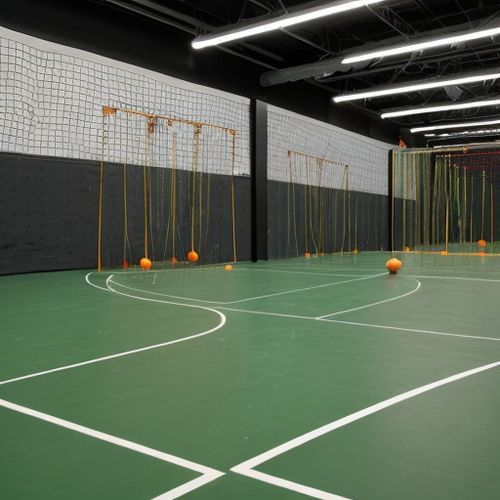
By Elizabeth Taylor/May 8, 2025
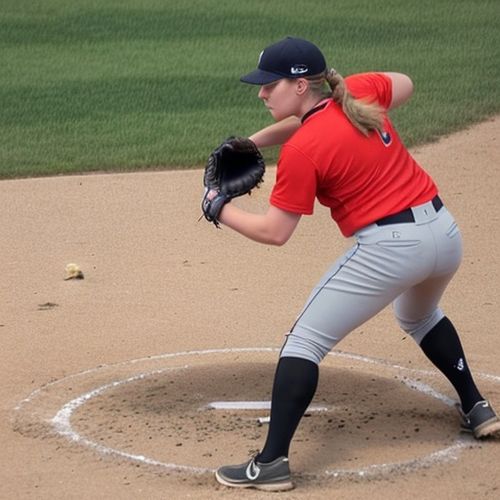
By Samuel Cooper/May 8, 2025
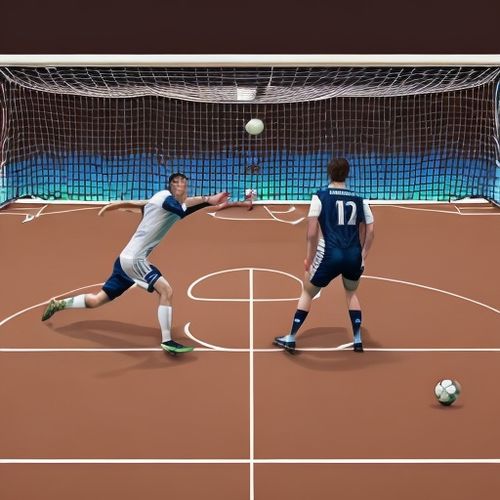
By Joshua Howard/May 8, 2025
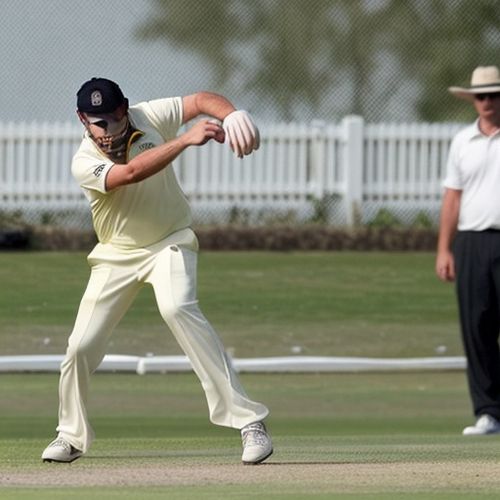
By Grace Cox/May 8, 2025
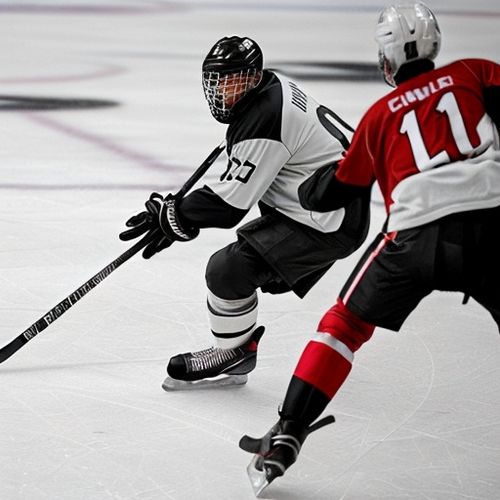
By Christopher Harris/May 8, 2025

By Samuel Cooper/May 8, 2025

By Sophia Lewis/May 8, 2025
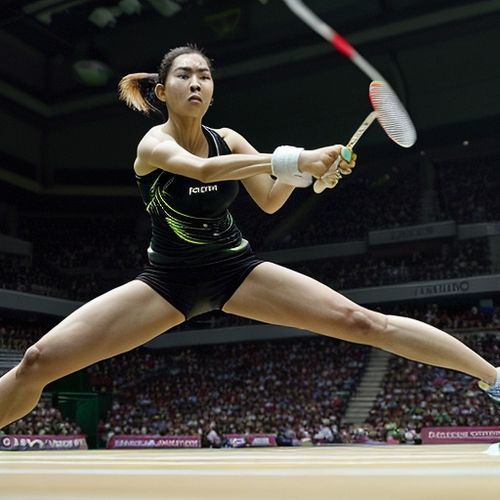
By Eric Ward/May 8, 2025
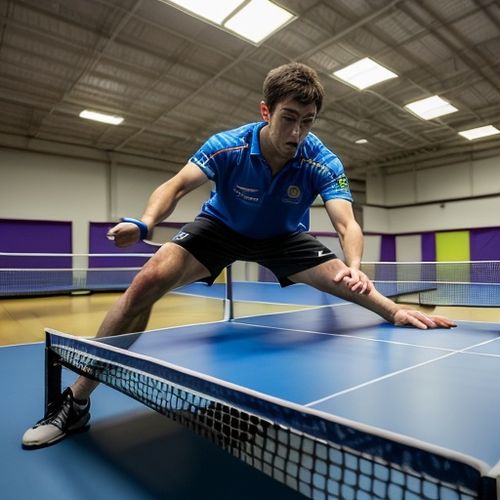
By Sarah Davis/May 8, 2025